Russia - the largest country in the world
Russia (officially also the Russian Federation, in practice the abbreviation RF is used too) is a country located in Eastern Europe and North Asia. It is the largest country in the world in terms of territory (about 11,5% of the Earth’s land surface). Moscow is the capital city.
According to the Federal State Statistics Service of Russia, the population of Russia is about 146,120,000 (2025) (excluding regions under Russian control in Ukraine, with the exception of Crimea and Sevastopol), the area - 17,098,246 sq. km. (internationally recognized within 2014 borders).
General facts about Russia
Russia is known as one of the leading space powers in the world. The country is one of the world’s top ten nuclear energy leaders and has the world’s only nuclear icebreaking fleet. Russia has the world’s second largest arsenal of nuclear weapons after the US. It is a permanent member of the UN Security Council with the right of veto.
The Russian Federation borders on such countries as Norway, Finland, Estonia, Latvia, Lithuania, Poland, Byelorussia, Ukraine, Georgia, Azerbaijan, Kazakhstan, Mongolia, China, North Korea by land, Japan and the USA - by sea.
Russia is washed by the waters of the Pacific and Arctic Oceans, as well as by the Baltic, Black, Azov seas of the Atlantic Ocean and the Caspian Sea, possessing the longest coastline in the world. The length of the territory of Russia from west to east is about 10,000 km, from north to south - more than 4,000 km.
The diversity of nature in Russia
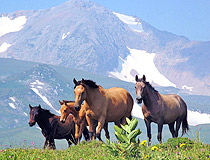
The Adygeya Republic in Russia
Author: Sergey Pavlov
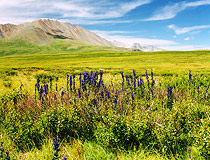
The Altai Republic in Russia
Author: Alexander Naumov
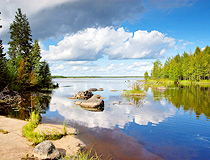
The Karelia Republic in Russia
Author: Mikhail Grizly
Russian economy, tourism and transport
The country is one of the leaders in the extraction of diamonds, platinum, oil, natural gas, a large exporter of steel, grain, weapons. Russia has one of the world’s largest reserves of freshwater. The largest freshwater lake is Lake Baikal, located in the eastern part of the country (about 31,700 sq. km.), the deepest lake in the world.
More than 70% of the Russian territory is a zone of risky farming. The agricultural season in most of Russia lasts only 2-4 months. At the same time Russia has about 9% of all productive arable land in the world and more than 50% of world chernozem (black earth).
The main tourist routes are trips along the Golden Ring of Russia (ancient Russian towns), cruises along the Volga River and long trips along the Trans-Siberian Railway. Thanks to ancient history, climatic diversity, abundance of historical and natural monuments, sports and cultural events of a global scale, Russia is one of the most popular tourist destinations in the world.
The transport system in Russia is characterized by an underdeveloped transport network, although it is one of the most extensive in the world, including more than 120,000 km of railways, 1 million km of roads, 230,000 km of main pipelines, 100,000 km of inland waterways. At the same time, Russia has a developed telecommunications network, including fixed and mobile communications, a network of Internet providers.
Population of Russia
About 78% of the population lives in the European part of Russia, which is less than 25% of the total territory. Russia ranks ninth in the world in terms of population. People prefer to live in cities and towns (the urbanization level is about 75%).
In total, there are more than 170 cities in Russia (with a population of more than 100 thousand people) and 38 have a population of more than half a million people. 15 cities have a population of more than one million people: Moscow, St. Petersburg, Novosibirsk, Ekaterinburg, Nizhny Novgorod, Kazan, Chelyabinsk, Omsk, Samara, Rostov-on-Don, Ufa, Krasnoyarsk, Perm, Voronezh, Volgograd.
Russia is a multiethnic country, distinguished by a great ethnocultural diversity. The greater part (about 75%) of the population refers to Orthodoxy, which makes Russia a country with the largest Orthodox population in the world.
In total, representatives of more than 200 nationalities (ethnic groups) live in Russia. The Russian language is native to about 130 million citizens of Russia.
The national composition according to the 2010 census: Russians (80.9%), Tatars (3.87%), Ukrainians (1.41%), Bashkirs (1.15%), Chuvash (1.05%), Chechens (1.04%), Armenians (0.86%), Avars (0.66%), Mordovians (0.54%), Kazakhs (0.47%), Azerbaijanis (0.44%), Dargins (0.43%), Udmurts (0.4%), Mari (0.4%), Ossetians (0.39%), Belarusians (0.38%), Kabardians (0.38%), Kumyks (0.37%), Yakuts (0.35%), Lezgins (0.35%), Buryats (0.34%), Ingushes (0.32%), and others (3.51%).


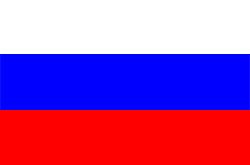
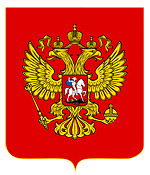



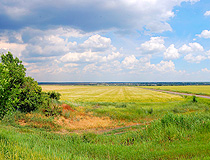
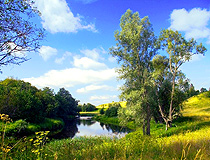

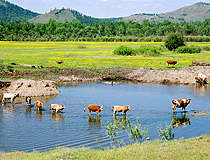
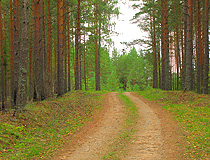
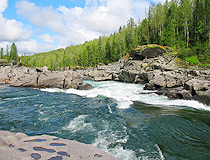
The comments of our visitors
All 5 comments